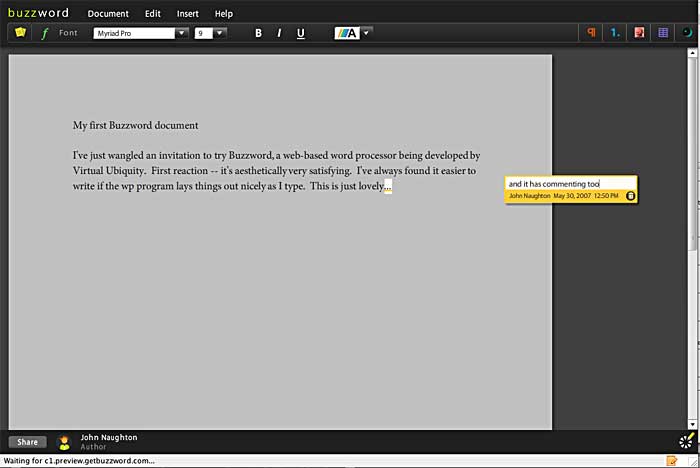Wow! This New York Times report is interesting.
The Internet was supposed to be a tremendous boon for the pornography industry, creating a global market of images and videos accessible from the privacy of a home computer. For a time it worked, with wider distribution and social acceptance driving a steady increase in sales.
But now the established pornography business is in decline — and the Internet is being held responsible.
The online availability of free or low-cost photos and videos has begun to take a fierce toll on sales of X-rated DVDs. Inexpensive digital technology has paved the way for aspiring amateur pornographers, who are flooding the market, while everyone in the industry is giving away more material to lure paying customers.
And unlike consumers looking for music and other media, viewers of pornography do not seem to mind giving up brand-name producers and performers for anonymous ones, or a well-lighted movie set for a ratty couch at an amateur videographer’s house.
After years of essentially steady increases, sales and rentals of pornographic videos were $3.62 billion in 2006, down from $4.28 billion in 2005, according to estimates by AVN, an industry trade publication. If the situation does not change, the overall $13 billion sex-related entertainment market may shrink this year, said Paul Fishbein, president of AVN Media Network, the magazine’s publisher. The industry’s online revenue is substantial but is not growing quickly enough to make up for the drop in video income.
Older companies in the industry are responding with better production values and more sophisticated Web offerings. But to their chagrin, making and distributing pornography have become a lot easier.
“People are making movies in their houses and dragging and dropping them” onto free Web sites, said Harvey Kaplan, a former maker of pornographic movies and now chief executive of GoGoBill.com, which processes payments for pornographic Web sites. “It’s killing the marketplace.”
Aw shucks! The poor dears. Porn industry leaders should get together with record company executives for joint therapy sessions. Primal scream therapy, perhaps?

